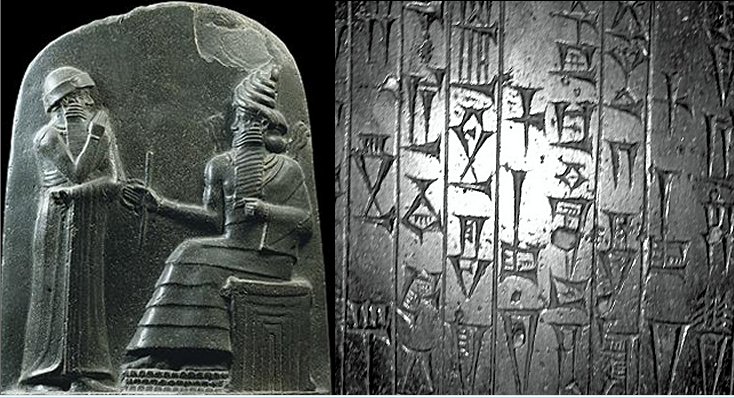Accept the Exception
July 2, 2020The earliest known codes that dealt with construction are found within the Code of Hammurabi, which dates back about 1700 years B.C. in Babylon. Since building codes deal with permanent structures that are figuratively and sometimes literally concrete, some may be surprised that today’s codes are not so absolute and clear-cut as say, a rental agreement on an apartment. In the case of old King Hammurabi, it was very definitive – should a house fall down on its owner, the builder shall be put to death! Today (thankfully) construction law is not so strictly interpreted. This may be because the industry is ever changing in terms of technology and building standards. Or it may be because there are an infinite set of conditions that may be encountered within a design that has not commonly been experienced before. Or it could be a set of existing conditions that is unique to the circumstances of a particular building project. Likely it is some combination of issues.

No matter the reasons, building codes today have a little flex to them. Actually, they have a lot of flex. In the 2015 International Building Code (the one we use in Pennsylvania at the time of this writing), the word “exception” occurs 838 times. The root word “except” without the -ion occurs another 227 times. That is astounding to consider (well, to someone like me it is, anyway).
The reason: normally, the building codes read a little like the Code of Hammurabi:
“You shall do this.”
But in over one thousand instances, you do not have to do “this”, if you do “that, and maybe another thing.” For instance, the Code says that we can only build this type of building so high…except we can go one more story if we sprinkler the building. The Code also says all spaces must have two exits…except for when the room is this small. It goes on and on like this. Exceptions are pervasive in a book that is only 729 pages long, including the cover, preface and table of contents. On average, there are about three exceptions on any two pages staring up at you. And this is just the commercial building code. There are additional codes for energy conservation, plumbing, mechanical, fuel gas and one for just existing buildings and one and two family homes, for which I have not done similar word counts.
But in all seriousness, it makes sense. In my fist example, a sprinklered building is statistically much safer than one that is not. Therefore, if provided with an automatic sprinkler system, buildings can generally be just as safe when little taller and larger than those which are not sprinklered. And, in general, it is a good idea to have two ways out of any space, but is that really necessary in a 10′ x 10′ office? No, of course that would be highly inefficient.
This is why I often need a lot more info when asked a “simple” question by one of my colleagues. This isn’t because I’m nosy, but because the answer can be drastically different if I don’t know, say, the building contains a basement or it is connected to another building into which we count on exiting. Or maybe the building contains a warehouse for fireworks and match sticks under a commercial kitchen with open flames. That last example contains obvious hyperboles, but they illustrate the point that some circumstance are far more hazardous than others, and the Codes account for that.
I am not saying building codes are as complex as corporate tax codes… but they kind of are. Although I am pretty sure I could not convince a building official that a new NFL stadium needs zero bathrooms; where a sly accountant can probably figure out how to pay zero taxes on that same stadium for the next thirty years…so maybe not.